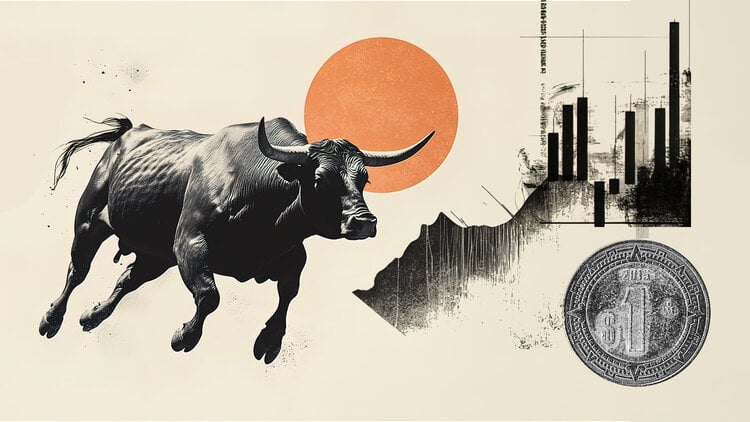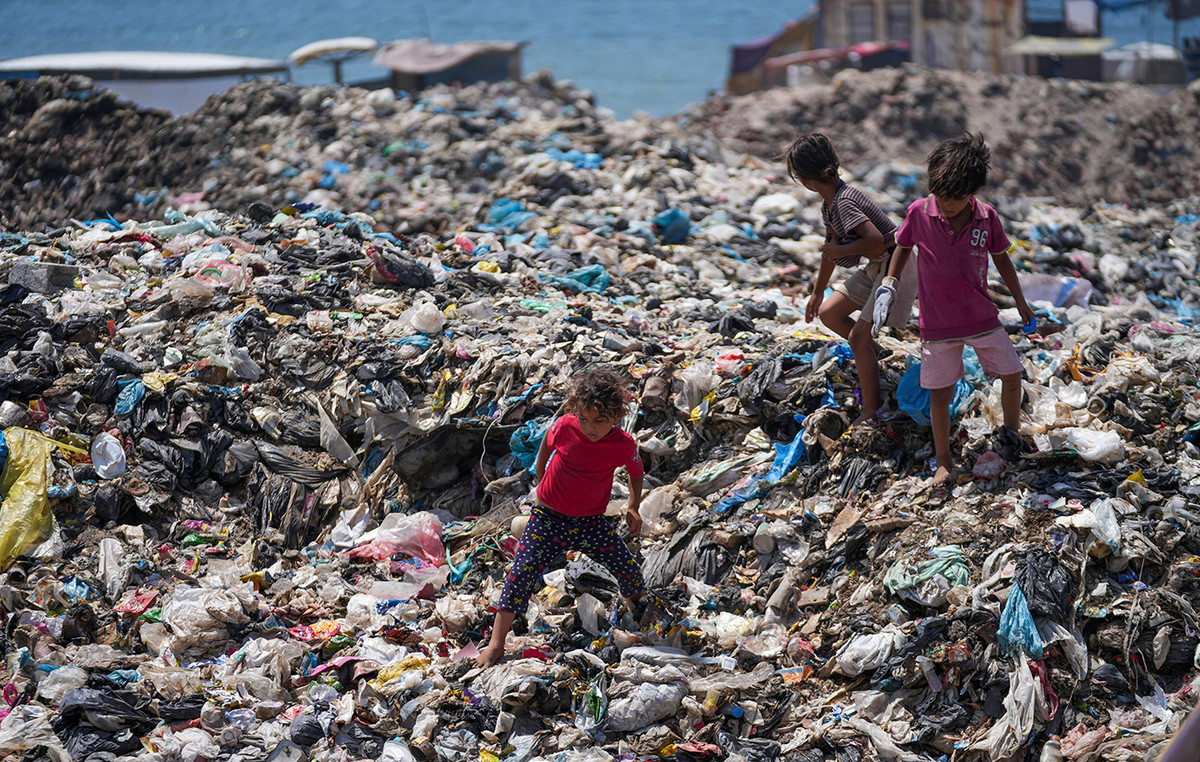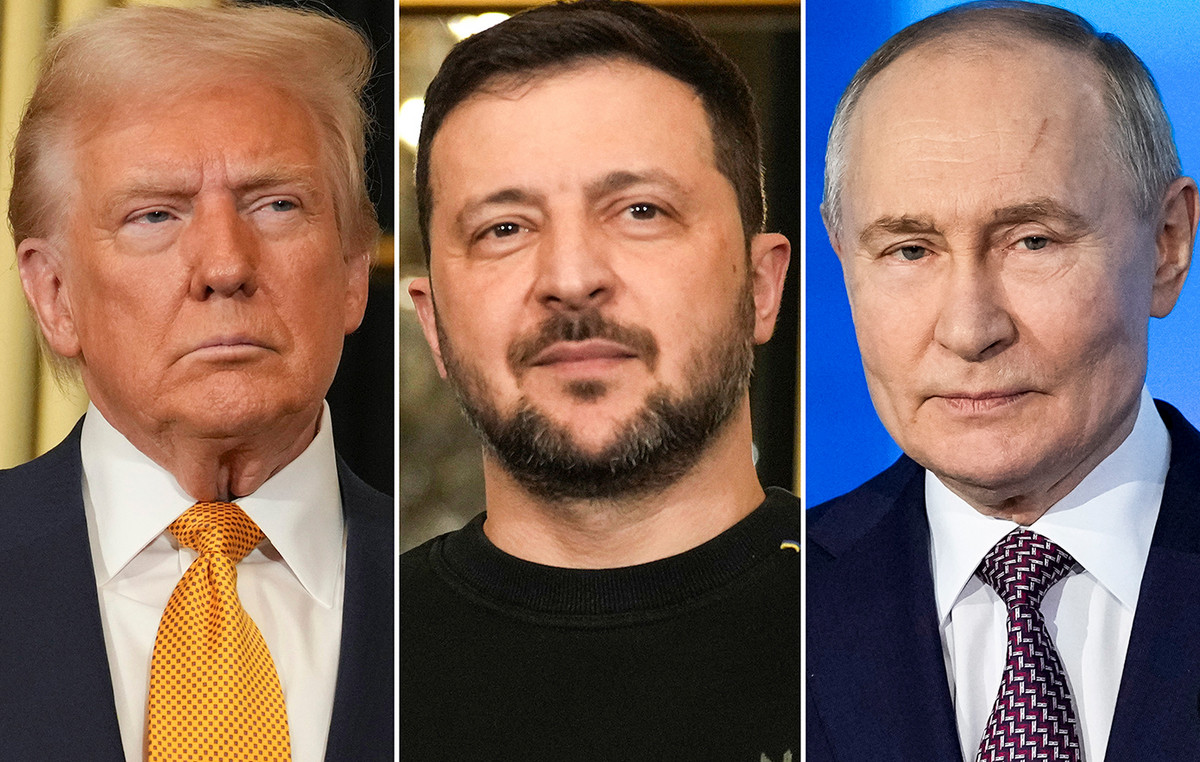This year began with violent actions on the border between Colombia and Venezuela, where dissident militant factions competing for territorial control of lucrative drug routes linking the South American country to the US and Europe.
At least 23 people were killed in violent clashes earlier in the year, followed by a deadly car bomb and the murder of a local community leader and his wife.
The resumption of violence occurs more than five years after the Colombian government signed a peace agreement with the Revolutionary Armed Forces of Colombia (FARC), ending an armed conflict of 52 years which killed up to 220,000 people and drove another 5 million.
Colombian President Ivan Duque, promised to end violence during his tenure. But she continues to plague rural areas, where peace should bring development and new opportunities – bringing growing concerns that the most violent days of the country may not be over.
Here’s what you need to know about the conflict on the border between Colombia and Venezuela.
Who is fighting?
Colombian authorities have accused some groups of triggering the recent clashes in the state of Arauca, in the northeast: the National Liberation Army – the largest left-wing guerrilla group in the country, known by its Spanish acronym ELN – and breakaway factions of the FARC.
The FARC were disarmed and dissolved after the November peace agreement in 2016. A political party formed with the same acronym but renamed “Comunes” last year.
Dissident groups FARC consist of rebel fighters who refused to join the peace process. Among them are the groups that are also at odds with each other.
Although the presence of these groups in the region to be reported since the 1980s, competition between the ELN and the FARC in Arauca intensified between 2006 and 2010.
Duke President, Defense Minister Diego Molano and several generals who visited Arauca in recent weeks blamed the violence because of the competition between all these groups, which, according to them, are strengthened with support from Venezuela.
The Colombian government claims that Caracas allowed these criminal groups take refuge in its territory, allowing them to escape persecution by Colombian forces – something that Caracas has always denied.
Groups fighting for Colombian drug-smuggling routes to Venezeula – a gateway to lucrative North American and European markets, according to the Colombian government.
Because now?
The fighting stopped at the border in 2010, after the warring factions signed a truce saying that “there will be no confrontation between revolutionaries.”
By then, at least 868 civilians had been killed and 58 000 displaced persons in the regions, according to a report by Human Rights Watch (HRW).
However, tensions continued to grow until violence broke out this year. It is not yet clear what sparked the confrontation of January 2, but all groups accused him of giving up the truce in an attempt to gain control over the region.
What is the role of Venezuela?
The Colombian government has long accused the president of Venezuela, Nicolas Maduro, of harboring dissident FARC and ELN fighters to destabilize and exacerbate the internal conflict in Colombia. Maduro has repeatedly denied these allegations.
However, it was only last spring that the Maduro government launched a military campaign to quell violence in its southern border, admitting for the first time that Colombian criminal groups were operating in the area. Venezuela sent special forces and intelligence units in March 2021.
During this campaign, at least four Venezuelan soldiers were killed in clashes with Colombian criminal groups in the state of Apure, in Venezuela, according to the Venezuelan Ministry of Defense, with thousands of people seeking refuge in Colombia as a result.
The situation leaves Colombia and Venezuela with the same problem: the presence of highly skilled criminal groups that control parts of its border territories.
But as the two neighbors ceased any diplomatic communication since 2019 – such as Colombia, the United States and most South American countries, does not recognize the Maduro government – they fail to develop a common strategy around their 2219 km of border.
Who is at risk?
In the center of suffering are people – mostly indigenous groups – Arauca, one of the poorest areas of Colombia.
People living on both sides of the border have been affected, with the Ombudsman of Colombia writing on Twitter last week that a growing number of Venezuelan citizens – mostly of indigenous groups in the state of Apure – is seeking refuge from the fighting.
“Armed groups in Arauca and Apure routinely threaten people to ensure social control,” according to the report of HRW. These threats are “often directed against people who violate the ‘rules’ of the groups or to pressure civilians to do what the groups want.”
The Colombian Victims Unit recorded more than 6000 such threats in Arauca December 31, 2021.
A human rights activist in Apure told HRW that it is as if there were two forms of government. “They (the armed groups) threaten you twice and the third time is a death sentence.”
What could stop the violence?
All eyes are on Colombia, where presidential elections are scheduled for May 2022. Under the supervision of Duke, the peace process is largely paralyzed.
Part of this pause can be attributed to the pandemic Covid-19, but the president – who campaigned against the deal in 2016 – faced harsh criticism for lack of focus that his government devoted to the issue.
According to a recent study from the University of Notre Dame, less than a third of what was stipulated in the agreement was fully implemented by the end of 2021, with the number of human rights leaders murdered in the country on the rise – an important statistic that helps indicating the overall security situation in the country.
Many presidential candidates have promised to undo the Duke of policies, changing the approach to Colombia in relation to safety.
leftist candidates are campaigning for a return to the peace agreement structure and investing resources to implement the promises of the agreement, while right-wing candidates are promising more support for security operations.
The leftist leader Gustavo Petro signaled it is open to re-establish diplomatic relations with Caracas and Maduro government.
However, it is unclear whether the two countries can start cooperating after years of diplomatic silence and mistrust, regardless of the election result.
What is the role of the US?
The United States is the main military partner of Colombia and the most important ally of the country.
At the end of 2021, during a visit to the country, the US Secretary of State Antony Blinken, Duke urged to do more to implement the peace agreement, recommending that it “increase and strengthen the state’s presence in rural areas.”
This recommendation follows years of economic and logistical support to Washington to end the country’s conflict – drug trafficking guerrillas. The US military are often present in Colombia through training programs and joint operations with the Colombian armed forces.
In 2020, a brigade of the US Army was sent to the country, including in Arauca, to strengthen anti-drug capabilities. The White House also signaled that it will not engage with the Maduro government anytime soon.
But to end the violence in Arauca, the new president will have to follow a tênua line: open a form of communication with Venezuela, not distance itself from the US.
Source: CNN Brasil
I’m James Harper, a highly experienced and accomplished news writer for World Stock Market. I have been writing in the Politics section of the website for over five years, providing readers with up-to-date and insightful information about current events in politics. My work is widely read and respected by many industry professionals as well as laymen.







